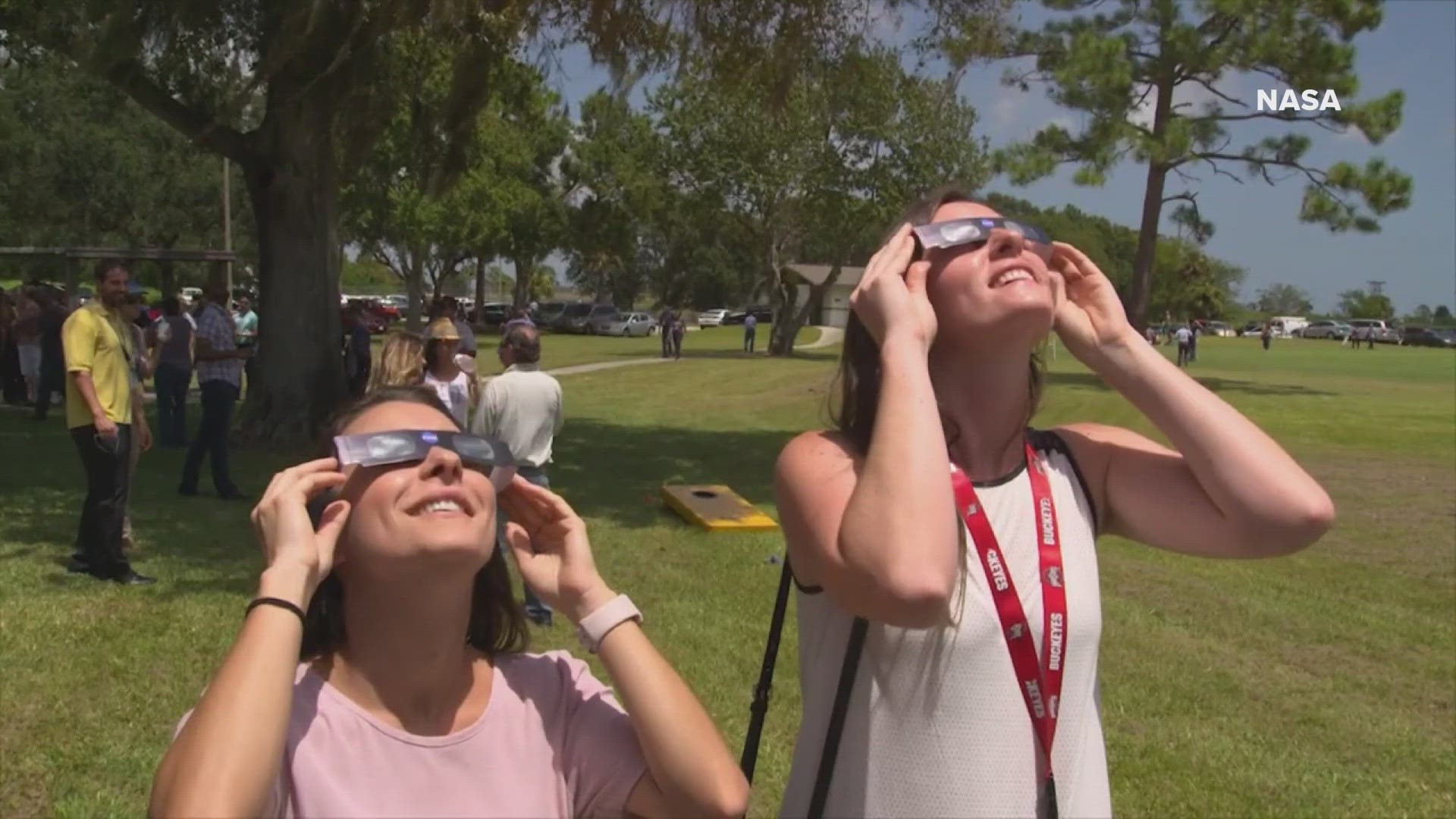TEXAS, USA — For the first time since 2012, a rare sight will be visible over Texas on October 14. The annular solar eclipse will be happening around midday.
The astronomical event is also known as the "ring of fire" because of the visual effect it has to the human eye. That same effect also makes it more dangerous than a total solar eclipse.
"The point about an annular eclipse is that there's never a point of which the bright disk of the Sun or some part of it is not visible to the eyes," said Dr. Ralph Chou, a professor of optometry and visual science at the University of Waterloo in Ontario, Canada. "That's always there to some extent and that's why it is dangerous."
Chou has seen the dangers of eclipses when people don't take the right precautions.
"In fact, it turns out that over the years, when you take a look at the statistics about eclipse eye injuries, the most commonly encountered patient is a teenage male," Chou explained.
Chou told 6 News that injuries can vary and everyone is impacted differently. Some may experience a loss of visual function, which may be either temporary or permanent. Chou said half the people who experience damage from eclipses will get their vision back completely eventually, but the other half will have residual loss of vision.
The biggest thing with eclipses is it doesn't take very long to cause extensive damage.
"Each person is different, but the fact that you are looking at the sun for a number of times during the course of the eclipse just makes the risk of getting damaged to the retinas that much higher," Chou added.
Chou doesn't want you to take an unwarranted chance. He said the eclipse is worth looking at, but it comes with a lot of risks. Protective viewers or equipment are highly recommended to view the annular solar eclipse.

